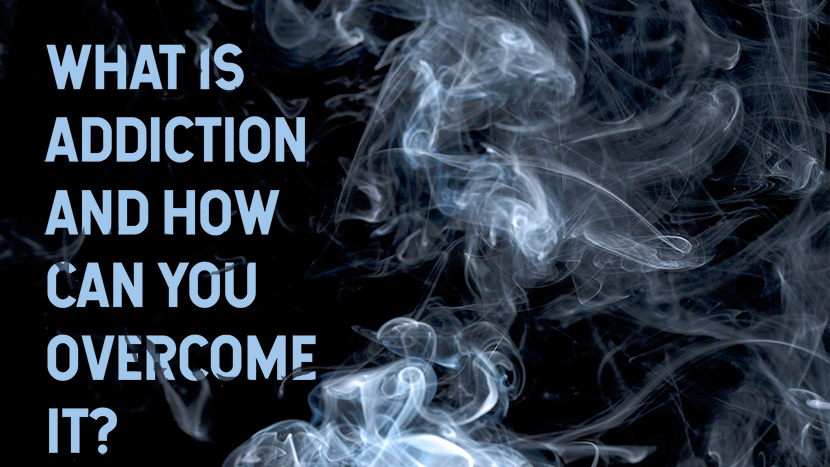The Biology Behind Addiction and Quitting Smoking
Quitting smoking can be a challenging endeavour someone can undertake. It’s not just a habit; it’s an addiction deeply rooted in the biology of our brains and bodies. Understanding the biology behind addiction and how it relates to smoking can provide valuable insights into the difficulties of quitting. That can be helpful for affected individuals on their journey toward a smoke-free life.
The ultimate success of quitting lies in combining biological understanding and personal determination. However, at Snusdirect, you will get alternative products to assist you in this journey. This article sheds light on individuals’ challenges when trying to break free from this habit.
The Brain’s Reward System and Nicotine
One of the primary reasons why quitting smoking is so challenging lies in the brain’s reward system. When a person smokes a cigarette, nicotine rapidly enters the bloodstream and travels to the brain. Once in the brain, nicotine binds to specific receptors, releasing neurotransmitters like dopamine. Dopamine is a neurotransmitter associated with pleasure and reward.
Repeated exposure to nicotine and dopamine release creates a powerful reward loop. Over time, the brain becomes accustomed to this artificial pleasure and craves it to maintain those feelings of satisfaction. That is where addiction takes hold.
When someone tries to quit smoking, they disrupt this reward loop. As nicotine levels in the body decrease, the brain responds with withdrawal symptoms. The cravings can be intense, making it difficult for individuals to stay smoke-free.
The Role of Habitual Behavior in Smoking Addiction
In addition to chemical addiction, smoking often becomes intertwined with habitual behaviours. The brain strongly associates smoking with daily activities, such as coffee. These associations reinforce the addiction and make it even more challenging to quit.
These habitual behaviours trigger cravings. When someone tries to quit, their brain responds to the chemical withdrawal and the cues. This response can trigger cravings or emotions previously linked to smoking.
Individuals must overcome physical addiction and break the habit loop. That often involves identifying triggers, finding alternative behaviours, and developing coping strategies. Cognitive-behavioural therapy and support groups can be valuable resources in helping affected individuals.
The Impact of Smoking on the Body and Health
Smoking is a leading cause of preventable deaths worldwide, linked to numerous health problems. These diseases may include lung cancer, heart disease, stroke and respiratory issues. Smoking damages the lungs, increasing the risk of chronic obstructive pulmonary disease (COPD).
It also harms the cardiovascular system by narrowing blood vessels and increasing the risk of blood clots. The toxins in tobacco smoke can lead to various types of cancer in the mouth, throat and other organs.
Understanding these severe consequences can motivate individuals to quit the addiction. It’s not just about breaking an addiction; it’s about reclaiming one’s health and reducing the risk of life-threatening diseases.
Conclusion
Quitting smoking is undoubtedly a challenging journey. All these factors mentioned above make it difficult to quit. However, armed with the right strategies and support, individuals can overcome this formidable challenge and lead healthier lives. Remember, quitting smoking is not just an act of willpower; it’s a journey of understanding, self-discovery and resilience.


































































































